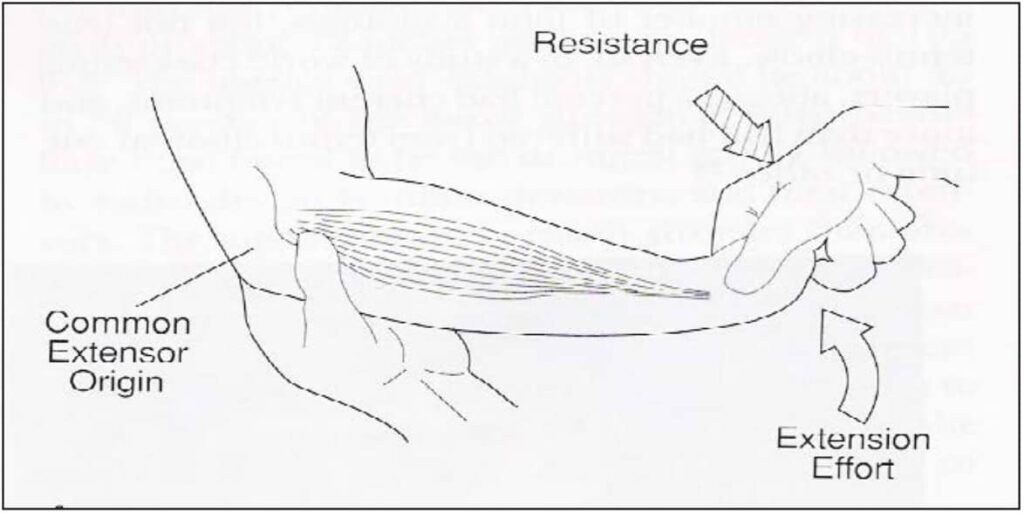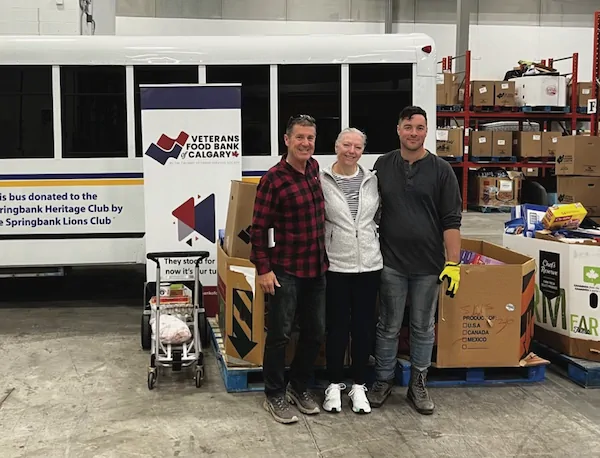ELBOW INJURIES
The elbow is a complex joint that can be affected via the neck, shoulder, locally at the elbow, or the wrist. All these surrounding joints and the structures that travel to and fro, can cause issues locally at the elbow. The elbow is a three joint structure, surrounded by a joint capsule, several ligaments, muscles and bursae (fluid filled sacs that cushion between muscles and bones). A commonly injured bursa in the elbow is the olecranon bursa that sits at the back of elbow. Normally you cannot feel the bursa, but if inflamed, it can become largely swollen and painful.
Three main nerves pass down the arm. These nerves originate in your neck and branch down the arm to provide sensation, nutrition and strength to the muscles. These three nerves are the median, radial and ulnar nerves. As these nerves run through muscles and around joints, they can be affected by inflamed muscles, tight muscles or joint dysfunctions at either the neck, shoulder, elbow or the wrist. Commonly the ulnar nerve is affected at the elbow. If you bump your elbow and get a shot of pain down your arm – you say you’ve hit your “funny bone”, it’s actually your ulnar nerve! If you experience pins and needles or pain radiating down your arm, this may be caused by a nerve impingement at your neck, shoulder or elbow. If the nerve or circulation is comprised somewhere along the pathway, the muscles will not be getting proper nutrition. This can lead to pain, tightness and dysfunction.
A common issue we see is the “tennis elbow”, or lateral epicondylitis. Often this issue is caused by work habits, repetitive sport activities, poor postural habits, or muscle imbalances. This is an inflammation of the common wrist and finger extensor muscles where they attach locally at the outer elbow. This injury is commonly caused by repetitive gripping, squeezing, typing or hammering. This may lead to micro-tears in the tendon that results in inflammation and pain. Typically this injury begins with a gradual onset of dull, intermittent pain, but can progress to a sharp, continuous pain.

Occasionally the nerves become irritated and this can result in radiating pain, tingling or numbness to the hand and fingers. A similar issue can occur in the inner elbow as medial epicondylitis, or “golfer’s elbow”. These muscles attach to the inside bone of the elbow and act to flex the wrist and fingers. The same process can occur as described above, but is less common than tennis elbow. Work or sport technique errors, weak forearm muscles, direct trauma or repetitive overuse are common factors that contribute to golfer’s elbow.
When we see these common tendonitis issues, we often find connections further up the chain in the neck and muscles of the shoulder. If there are joint dysfunctions and muscle imbalances above the elbow, the mechanics of all related joints may be altered. It is imperative to assess and address issues above and below a painful area in order to fully capture why certain structures have flared up. We often find that the structures “complaining” are due to some compensatory movement patterns and something else is to blame!
How is elbow pain treated?
A thorough exam is conducted to determine where pain and dysfunction may be coming from. Posture, active range of motion, strength, and joint stability are examined at the neck, shoulder, elbow, wrist and hand. Areas of tightness or joint dysfunction are treated with manual therapy techniques such as joint mobilization, soft tissue release and stretching. Modalities for pain, inflammation and muscle tension such as ultrasound, acupuncture, and intramuscular stimulation (IMS) may be incorporated. Postural education and activity modification are typically an important part of the rehabilitation process.
A few tips for relief locally at the elbow are: Give the affected muscles a rest and avoid repetitive gripping, lifting, and carrying. This doesn’t mean do nothing at all! It means when using the injured arm, attempt to do less, take frequent breaks, stretch often (4-5x/day), relax the hand and avoid excessive gripping motions Carry objects with the elbow bent to 90 degrees and the palm up rather than a straight arm. This reduces the stretch on the nerve tissue and muscles are stronger in a shortened position. Wearing an elbow strap can be useful to reduce the stress on the muscles. It can be worn at all times if you’re experiencing constant pain, otherwise wear the brace just during aggravating activities
If you are suffering with an upper arm issue, our therapists would love to help you figure out where it may be coming from! We are here to help give you strategies and get you moving better.
Jennifer Gordon (BSc.PT, AFCI, GunnIMS)
Physiotherapist
Bragg Creek Physiotherapy
www.braggcreekphysio.com


























